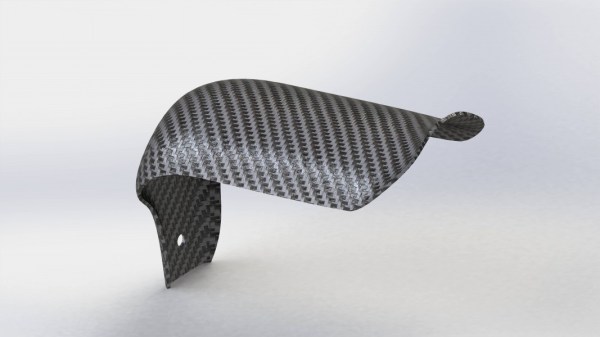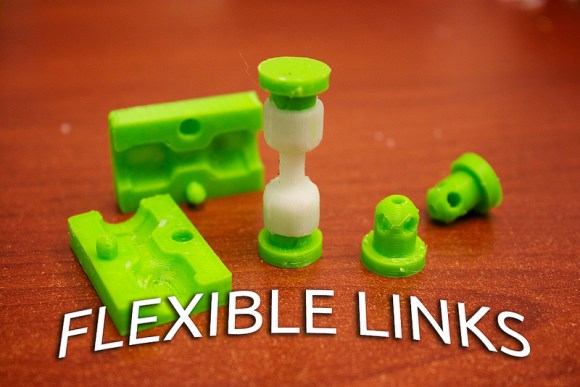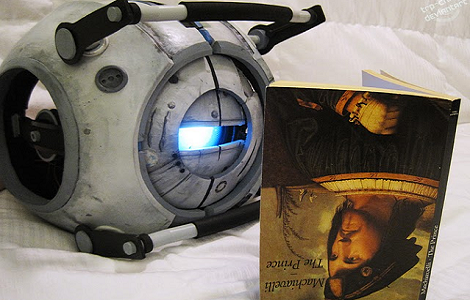The carbon fiber look is a pretty hot design element for things these days. Even things that have no need for the strength and flexibility of carbon fiber, from phone cases to motorcycle fenders, are sporting that beautiful glossy black texture. Some of it only looks like the real stuff, though, so it’s refreshing to see actual carbon fiber used in a project, like this custom headphone rack.
True, this is one of those uses of carbon fiber that doesn’t really need it – it just looks cool. But more importantly, [quada03]’s build log takes us through the whole process, from design to mold construction to laying up the fiber mats and finishing, and shows us how specialized equipment is not needed to achieve a great result. A homemade CNC router carves the two-piece mold out of Styrofoam, which is then glued up and smoothed over with automotive body filler. The epoxy-soaked carbon fiber mats are layered into the mold with careful attention paid to the orientation of the fibers, and the mold goes into one of those clothes-packing vacuum bags for 24 hours of curing. A little trimming and sanding later and the finished bracket looks pretty snazzy.
We’ve discussed the basics of carbon fiber fabrication before, but what we like about [quada03]’s build is that it shows how approachable carbon fiber builds can be. Once you hone your skills, maybe you’ll be ready to tackle a carbon fiber violin.
[via r/DIY]


















